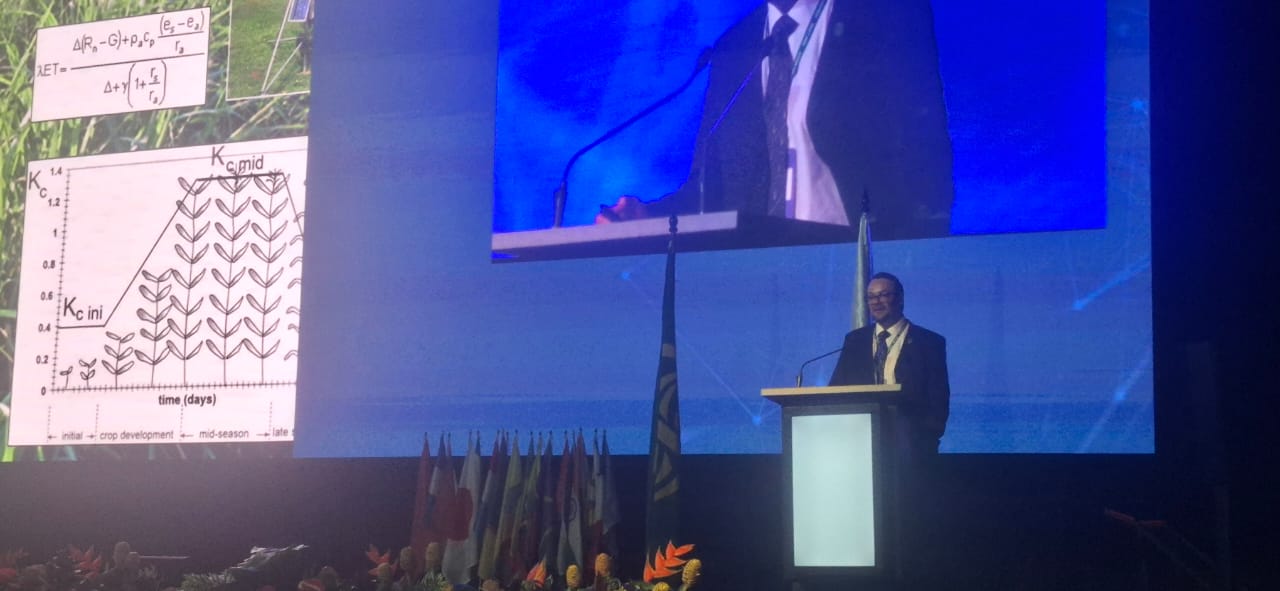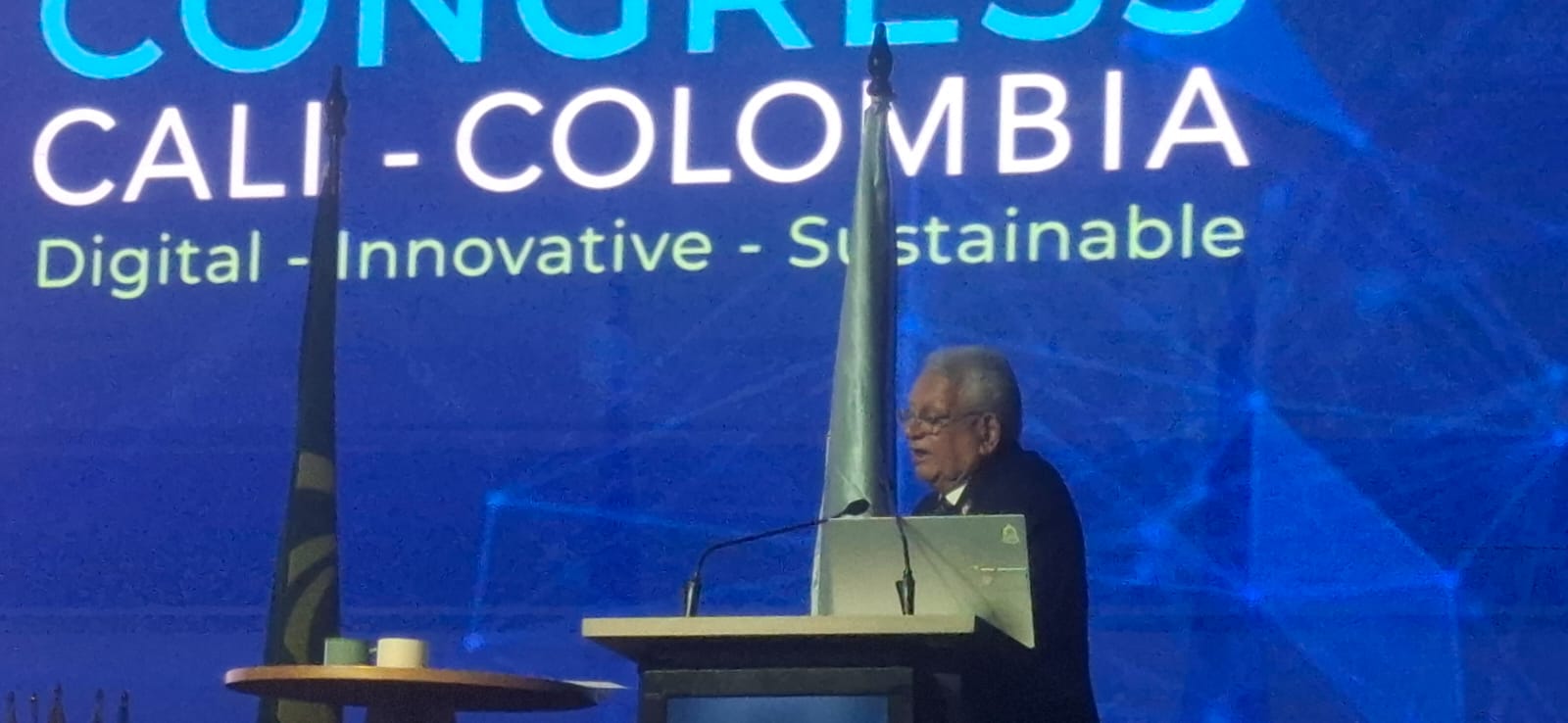One Hundred Years of Agronomy in South Africa: Science, Soil, and Resource Efficiency

1. Crop Modeling and Water Management
Abraham Singels, along with other researchers, evaluated decades of progress in crop growth modeling and water relationship studies. These models have been essential in understanding crop dynamics and optimizing irrigation management under local conditions, improving water use efficiency and input utilization in South African agroecosystems.
2. Conservation Agriculture and No-Tillage Practices
Studies have shown the benefits of no-till, crop rotation, and residue retention. These practices enhance water retention, promote soil carbon sequestration, and reduce dependence on chemical fertilizers, thereby lowering costs and increasing sustainability.
3. Soil Fertility Management
Conservation agriculture has also shown positive impacts on soil fertility, preserving organic matter, improving soil structure, and reducing erosion. This has increased productivity and prolonged soil longevity, decreasing the need for additional fertilizers.
4. Agronomic Innovation and Digital Agriculture
Recent research highlights how digital technologies are transforming agriculture in South Africa’s rural areas. The use of sensors, data analytics, and digital tools has enabled more efficient decision-making, reducing unnecessary inputs, including fertilizers, while boosting crop yields.
5. Integrated Soil Fertility Management (ISFM)
Across Southern Africa, Integrated Soil Fertility Management (ISFM) combines mineral fertilizers with organic resources (manure, crop residues, nitrogen-fixing legumes), resulting in productivity increases of 10–60%, improving fertilizer efficiency and reducing overall costs.
Summary of Progress
- Scientific monitoring and modeling, such as developments led by Singels and collaborators, have improved water and nutrient efficiency.
- Conservation agriculture and no-till practices have enhanced soil health and reduced chemical input needs.
- Integrated Soil Fertility Management (ISFM) has proven both economically viable and agronomically effective.
- Digital agriculture is driving data-based decisions, optimizing input costs such as fertilizers.
Historical Advancements: A Chronological Timeline
1920s–1950s: Foundations of Soil Conservation and Fertilizer Industry
- 1924–1939: Early recognition of soil erosion led to the formation of the Soil Erosion Advisory Council (1939) and the enactment of the Soil Conservation Act (1946) to combat degradation
- 1951: Foskor, a state-owned company, was established to exploit phosphate deposits near Phalaborwa, kickstarting domestic fertilizer production.
1950s–1970s: Surge in Fertilizer Use and Soil Testing
- 1955–1981: Nutrient inputs (N+P₂O₅+K₂O) grew from 168,400 tonnes to over 1.2 million tonnes—a staggering sevenfold increase—driven by robust government support during the apartheid era.
- Late 1960s–1970s: The Fertilizer Society of South Africa launched soil test calibration programs. By 1975, over 50 field trials exploring soil nutrient requirements were underway
- 1970s: Research at Cedara Research Station introduced no-tillage (conservation agriculture) experimentally in maize, marking early soil-conserving practices
1980s–1990s: Precision in Fertilizer Management and Soil Health
- 1984: Shifted from blanket nitrogen recommendations to soil-specific N fertilization, thereby reducing over-application and cutting costs.
- 1990–1993: Achieved greater productivity amidst drought conditions through more efficient fertilizer use and soil health improvements.
- 1986–1999: Manure enrichment with inorganic fertilizers became standard practice—e.g., enriched chicken manure (18–20% NPK) integrated both organic and inorganic advantages.
2000s–2010s: Conservation, Biodiversity, and Digital Advances
- 2000–present: Conservation Agriculture (CA) spread, emphasizing minimal soil disturbance, residue retention, and crop rotation to enhance water efficiency and carbon sequestration.
- 2006: The Africa Fertilizer Summit culminated in the Abuja Declaration, targeting a fivefold increase in fertilizer use across Africa over the next decade, promoting improved soil health.
- 2005–present: The TerrAfrica partnership—backed by the World Bank, AU, FAO—invests in sustainable land management and soil technology in sub-Saharan Africa.
- 2010s: Studies demonstrated that no-till plus nitrogen fertilization significantly preserved soil micronutrients like Cu, Fe, Mn, and Zn compared to conventional tillage.
2010s–2020s: Organic Techniques, Phytoremediation, and Digital Soil Health
- Organic amendments such as manure, compost, and crop rotation (especially with legumes) gained traction to maintain fertility and reduce synthetic fertilizer requirements.
- Phytoremediation using fertilizer trees and wetland plants like Faidherbia albida, vetiver, water hyacinth, and Cyperus textilis became notable for improving soil fertility and restoring polluted environments.
- Digital agriculture: IoT technologies and mobile-based decision tools gained traction, positioning South Africa to scale soil monitoring and precision input use.
Summary Table: Agronomic Innovations Across the Century
| Period | Key Advances |
|---|---|
| 1920s–1950s | Soil conservation policies; local fertilizer production begins |
| 1950s–1970s | Fertilizer consumption boom; soil testing; early conservation agriculture |
| 1980s–1990s | Soil-specific N application; manure enrichments; better soil nutrient management |
| 2000s–2010s | Wide adoption of conservation agriculture; continental fertilizer policies |
| 2010s–2020s | Organic, phytoremediation approaches; digital and IoT-enabled soil monitoring |
Conclusion
Over the past century, South African agronomy has evolved remarkably—transitioning from reliance on broad fertilizer applications to data-driven, soil-specific, and environmentally conscious approaches. Key themes include:
- National fertilizer industries underpinning soil nutrition.
- Calibration and precision reducing input waste and costs.
- Conservation agriculture and organic methods improving soil health sustainably.
- Policy-level efforts driving fertilizer access and sustainable practices.
- Technological innovation—from digital tools to phytoremediation—enhancing efficiency and soil resilience.
If you’d like, I can now format this as an academic-style paper, a magazine feature, or a visual timeline for broader audiences.

